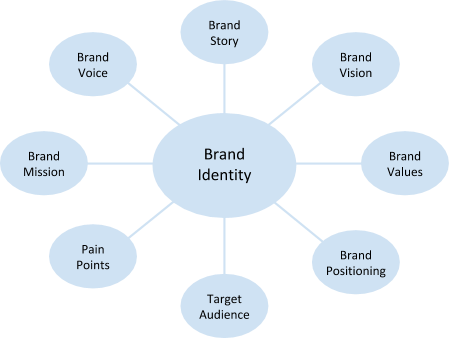Top 4 Places To Find Graphic Design Templates
by JELLY SHAH
Graphics play an important role in today’s marketing campaigns. A graphic design is a very subjective thing — while a design can be excellent for you, your colleague sitting next to you may not like it. This makes the job of graphic designers much more challenging. They need to translate the design brief shared by the clients into reality. They have to create designs that match precisely the likes and thoughts of the clients.
Creating such demanding designs quickly and economically, graphic design templates come to the rescue. Most small business owners, marketers, and enterprises running on a shoestring budget that cannot afford to hire a professional graphic designer or agency for their design projects prefer this option. No matter whether they have a design background or not, anyone can easily create graphic designs on their own.
In fact, these graphic design templates are easy to personalize, and even novices can customize them with colors, fonts, icons, the layout of their choice. Irrespective of the design category, template designs are available for every requirement like poster templates, flyer templates, etc.
Small businesses that do not have a regular or bulk need can use graphic design templates to fulfill their requirements without hiring a graphic designer or spending too much on a graphic design agency.
Now the question is—where can you find such graphic design templates from?
Here Are The Top 4 Online Platforms Or Websites To Get Graphic Design Templates
01. Designhill Studio
Designhill Studio is a leading online graphic design tool that provides a wide range of graphic design templates. These easy-to-customize templates cover all categories and industry types. Whatever the need may be, you can find an abundance of options for every single category. Pick one that’s closest to your needs and start customizing with the choices of your colors, fonts, images, and layout.
Its interface is user-friendly, and even non-designer can effectively use it to create their own graphics in minutes and without breaking their banks. You will have the option to download graphics with transparent background.
02. Canva
Canva is another great online graphic design tool that provides a vast range of graphic design templates for varied categories. All of these templates come with the easy-to-customize feature. You can either download the finished designs or share them online with friends, colleagues, or family members. This popular online graphic design platform has a huge customer base.
03. Template.net
Template.net is an online graphic design platform where you can find template design galleries for different categories. Unlike the first two online platforms, this platform is for template designs gallery only.
Many template designs are free, but there is also a paid template design option. In order to get more template design options, you need to sign up for creating an account.
Recommended Reading:
04. PNGTree
Unlike all tree tools mentioned above, PNGTree is a design gallery and not a tool. PNGTree is the website that is usually considered for getting images and graphics in png file formats. But this online platform is more than just png files. It also provides a template design gallery.
It has a good range of graphic design templates that can be used to customize according to the business requirements. After customizing these template designs, these can be downloaded in PSD format
Conclusion
The graphic design industry needs booth skills and creativity to design high-quality graphics that stand out. Creativity is not an entity that can be learned from someone but art that comes from within. Most graphic designers possess it. But it does not mean that a non-graphic designer cannot create incredible designs. A non-graphic designer can design images using graphic design templates. It does not require any programming or designing skill or expertise in tools such as Photoshop. Graphic design templates are the best option for small businesses that can’t afford to hire a graphic designer for their design projects. They are both economical and quick.
Need some fresh ideas? Contact us today to get started! 516-561-1468 or FOR MORE INFORMATION ON ANY OF OUR MARKETING PRODUCTS GO TO: www.printcafeli.com













